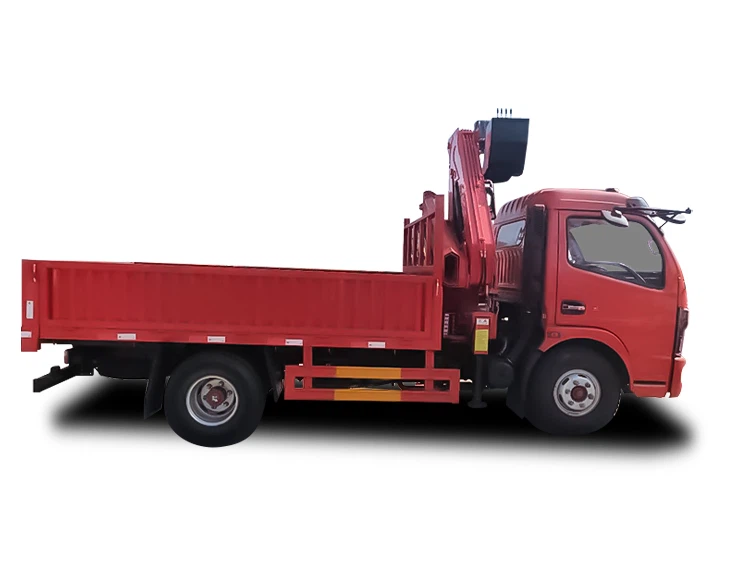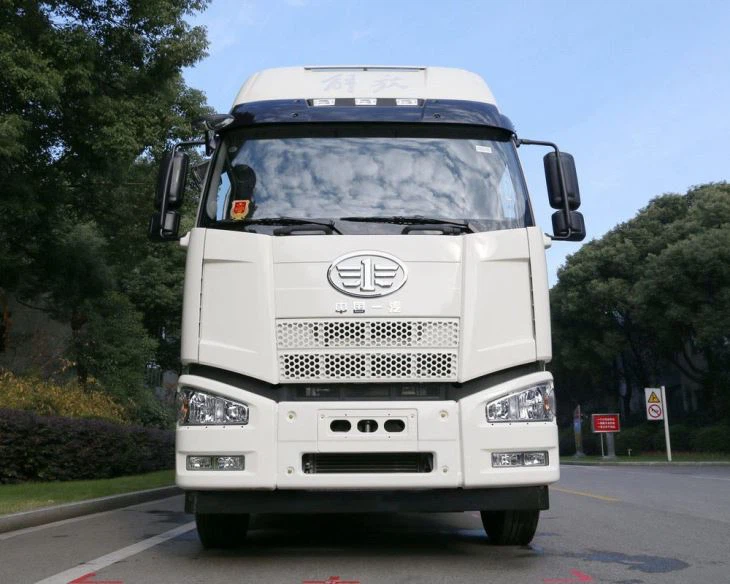Understanding Trash Truck Dimensions: A Comprehensive Guide

In the world of waste management, understanding trash truck dimensions is crucial for effective operations and planning. Trash trucks are essential vehicles in maintaining cleanliness and hygiene in urban and rural areas. This article will delve into various aspects of trash truck dimensions, their importance, and practical insights that will benefit readers from all backgrounds.
Why Trash Truck Dimensions Matter
Trash truck dimensions are not just numbers but play a significant role in various aspects of waste management, including:
- Operational Efficiency: The size and design of a trash truck affect its maneuverability in urban settings.
- Cost Efficiency: Larger trucks might hold more waste but could have higher operational costs.
- Compliance with Regulations: Different regions have specific regulations on vehicle sizes.
Standard Trash Truck Dimensions
Trash trucks come in several standard sizes depending on their intended use and capacity. Understanding these dimensions can assist municipalities and businesses in selecting the right vehicle for their garbage collection needs.
Types of Trash Trucks
| Type of Truck | Dimensions (L x W x H) | Typical Capacity |
|---|---|---|
| Rear Loader | 24-30 ft x 8 ft x 10-12 ft | 20-30 cubic yards |
| Front Loader | 22-26 ft x 8 ft x 10-12 ft | 30-40 cubic yards |
| Sidemount Loader | 25-30 ft x 8 ft x 10-12 ft | 20-30 cubic yards |
| Compactor Truck | 30-35 ft x 8 ft x 10.5-12 ft | 15-25 cubic yards |
Understanding Truck Specifications
Truck Length
The length of a trash truck can affect its performance in various environments. A standard rear-loader might measure about 24 to 30 feet long, which is suitable for residential neighborhoods, while a front-loader may be between 22 to 26 feet, ideal for commercial waste collection.
Width and Height
The width of typical trash trucks ranges between 8 feet, making them suitable for urban roadways, while the height can vary from 10 to 12 feet to accommodate the lifting and compacting mechanisms installed on the vehicle.
Cubic Yard Capacity
Cubic yard capacity indicates how much waste a truck can carry before needing to unload. For instance, a rear loader can carry around 20 to 30 cubic yards of waste, which can be crucial in planning collection schedules efficiently.
Factors Affecting Truck Dimensions
Several factors affect the dimensions of trash trucks, tailored for specific operational needs:
Intended Use
Trash trucks designed for urban versus rural areas have different dimensions. Urban trucks often require dimensions that allow for easier navigation through narrow streets.
Waste Type
Different waste types might require specialized trucks. For example, recyclables can be collected in smaller trucks due to their lighter weight compared to organic waste trucks that require larger capacities.
Practical Examples of Trash Truck Sizing
Urban Versus Rural Collection
In an urban area, a city might utilize a compact side-loader truck for waste collection with dimensions around 24 ft long, 8 ft wide, and 10.6 ft high, allowing for efficient collection in tight spaces. In contrast, rural areas can employ larger rear loaders measuring up to 30 ft long for less frequent but larger volume collections.
Specialized Trucks for Different Waste Types
For hazardous waste management, specialized trucks with reinforced designs may be utilized. These often feature unique measurements to assure safety during transport.

Tips for Choosing the Right Trash Truck
Assess Your Collection Needs
Before purchasing or renting a truck, assess the volume and type of waste regularly collected to make an informed decision.
Consider Maneuverability
For urban collection, ensure the truck can navigate narrow streets and handle turns without significant challenges.
Evaluate Load Capacity
Choose a truck that provides a balance between capacity and cost; sometimes a slightly smaller truck can lead to lower operational costs without sacrificing performance.
Impact of Regulations on Trash Truck Dimensions
Different regions have varying regulations concerning vehicle dimensions, which must be adhered to by waste management companies. Compliance ensures safety on public roads and minimizes traffic disruptions.
Local Regulations
Before acquiring a trash truck, determine whether local regulations impose restrictions on size and weight. Trucks that exceed legal limits may face fines and require special permits.
Environmental Considerations
Ensure vehicles comply with environmental regulations concerning emissions and waste management practices, which can also indirectly influence truck choice and configuration.

Future Trends in Trash Truck Design
The future of trash truck design is set to evolve significantly with advancements in technology and increasing environmental concerns.
Electric and Hybrid Trucks
There is a growing trend toward electric trash trucks that may have different dimensions to accommodate battery packs while ensuring operational capacity remains intact.
Smart Technology Application
Integrating smart technology can lead to more efficient designs, enabling real-time data monitoring of load capacity and route optimization.
Frequently Asked Questions (FAQ)
What is the average size of a trash truck?
The average size of a trash truck can vary, but many standard models are approximately 24-30 ft in length, 8 ft in width, and around 10-12 ft in height.
How much weight can a trash truck carry?
Most trash trucks can carry weight ranging from 20,000 to over 40,000 pounds depending on the specific design and class of the truck.
Are there different types of trash trucks?

Yes, there are multiple types of trash trucks including rear loaders, front loaders, side loaders, and compactors, each designed for specific waste management tasks.
What factors should be considered when choosing a trash truck?
Consider factors such as the intended use, load capacity, local regulations, maneuverability in urban settings, and the type of waste being collected.
Can trash truck dimensions impact waste collection efficiency?
Yes, the dimensions of a trash truck can greatly influence collection efficiency, as larger trucks can carry more waste but may struggle with navigation in tighter urban locations.
How do regulations affect trash truck sizes?
Regulations can limit the dimensions and weight capacities of trash trucks. Companies must adhere to these regulations to operate legally and safely on public roads.
